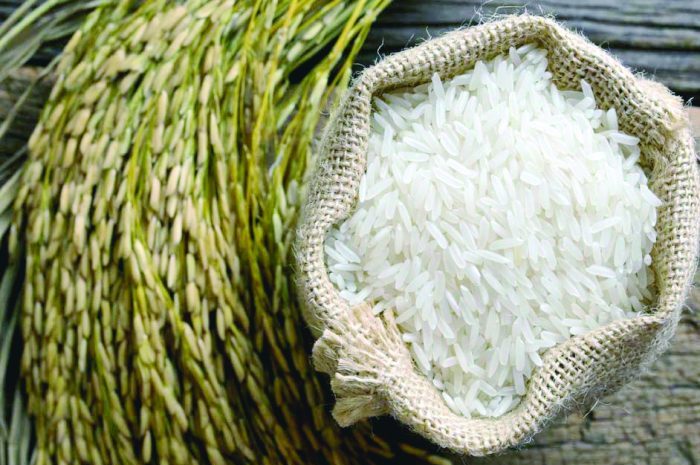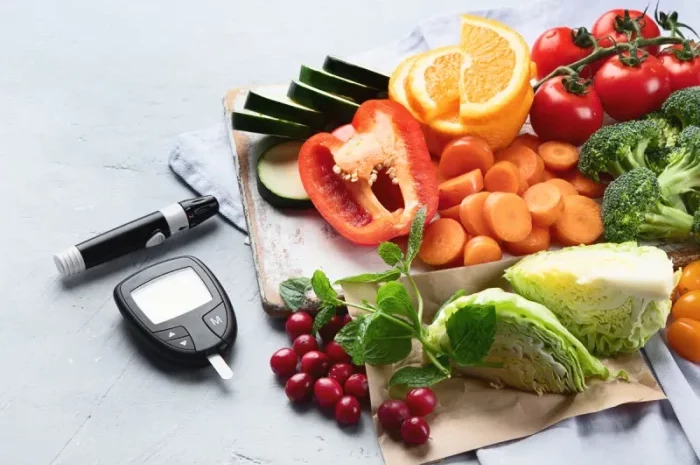Managing diabetes effectively requires a comprehensive approach that includes regular physical activity, medication (if prescribed), and crucially, a well-balanced diet. Dietary management is a cornerstone of diabetes care, as the right food choices can significantly impact blood sugar levels and overall health. This article delves into the intricacies of a diabetes-friendly diet, providing detailed guidance on what to eat to control diabetes.
Understanding Diabetes and Diet
Diabetes mellitus is a metabolic disorder characterized by chronic hyperglycemia (high blood sugar levels) due to defects in insulin secretion, insulin action, or both. There are three main types of diabetes: Type 1, Type 2, and gestational diabetes. Type 2 diabetes, the most common form, is largely influenced by lifestyle factors, including diet.
Dietary management aims to maintain blood glucose levels within a target range, prevent complications, and improve overall health. The key is to balance macronutrients (carbohydrates, proteins, and fats) and micronutrients (vitamins and minerals) while focusing on foods that have a low glycemic index (GI) and high nutritional value.
Carbohydrates: Quality Over Quantity
Carbohydrates have the most direct impact on blood sugar levels. Therefore, choosing the right type and amount of carbohydrates is crucial for diabetes management.
The Glycemic Index and Glycemic Load
The Glycemic Index (GI) measures how quickly a carbohydrate-containing food raises blood glucose levels. Foods with a high GI cause rapid spikes in blood sugar, while those with a low GI have a slower, more gradual effect. The Glycemic Load (GL) takes into account the GI and the amount of carbohydrates in a serving, providing a more accurate picture of a food’s impact on blood sugar.
Low-GI Foods:
- Non-starchy Vegetables: Spinach, kale, broccoli, and other leafy greens are excellent choices. They are low in carbohydrates and high in fiber, which helps stabilize blood sugar levels.
- Whole Grains: Quinoa, barley, and whole oats have lower GIs compared to refined grains like white rice and white bread.
- Legumes: Beans, lentils, and chickpeas are low-GI sources of carbohydrates, rich in fiber and protein.
High-GI Foods to Limit:
- Sugary Foods: Candies, sugary drinks, and pastries should be minimized as they cause rapid blood sugar spikes.
- Refined Grains: White bread, white rice, and other refined grains should be replaced with their whole-grain counterparts.
Fiber: The Unsung Hero
Dietary fiber, particularly soluble fiber, slows the absorption of sugar and helps improve blood glucose levels. High-fiber foods also tend to be more filling, which can help with weight management.
High-Fiber Foods:
- Vegetables: Non-starchy vegetables, such as broccoli, carrots, and Brussels sprouts, are high in fiber.
- Fruits: Berries, apples, and pears are good options, but portion control is key due to their natural sugar content.
- Whole Grains: Oats, brown rice, and whole wheat provide significant amounts of fiber.
- Legumes: Beans, lentils, and chickpeas are excellent sources of fiber and protein.
Proteins: Building Blocks for a Diabetes-Friendly Diet
Proteins have a minimal impact on blood sugar levels and can enhance satiety, making them a critical component of a diabetes-friendly diet. However, the source of protein is important.
Healthy Protein Sources:
- Fish: Fatty fish like salmon, mackerel, and sardines are rich in omega-3 fatty acids, which are beneficial for heart health.
- Poultry: Skinless chicken and turkey are lean protein options.
- Plant-Based Proteins: Tofu, tempeh, and legumes are excellent alternatives to animal proteins.
- Low-Fat Dairy: Greek yogurt and cottage cheese provide protein with relatively low fat content.
Proteins to Limit:
- Red Meat: High consumption of red and processed meats is associated with an increased risk of heart disease and should be limited.
- Full-Fat Dairy: While dairy is a good protein source, full-fat versions can be high in saturated fats, which may negatively affect cardiovascular health.
Fats: Focus on Quality
Not all fats are created equal, and the type of fat consumed can affect diabetes management and overall health.
Healthy Fats:
- Monounsaturated Fats: Found in olive oil, avocados, and nuts, these fats can improve blood sugar control and reduce cardiovascular risk.
- Polyunsaturated Fats: Omega-3 and omega-6 fatty acids, found in fatty fish, flaxseeds, and walnuts, are beneficial for heart health.
Fats to Avoid:
- Trans Fats: Found in many processed foods, trans fats increase the risk of heart disease and should be avoided.
- Saturated Fats: While not all saturated fats are harmful, high intake can increase cholesterol levels. Sources include fatty cuts of meat, butter, and full-fat dairy products.
Micronutrients: Small but Mighty
Vitamins and minerals play a crucial role in overall health and can affect blood sugar control. Ensuring a diet rich in a variety of nutrients is essential.
Key Micronutrients:
- Magnesium: Found in leafy greens, nuts, and whole grains, magnesium helps with insulin sensitivity.
- Chromium: Present in meats, whole grains, and nuts, chromium is involved in carbohydrate and lipid metabolism.
- Vitamin D: Adequate levels of vitamin D, found in fatty fish, fortified dairy, and sunlight exposure, are linked to better blood sugar control.
Meal Planning and Timing
How and when you eat can be as important as what you eat. Consistent meal timing helps maintain steady blood glucose levels.
Strategies for Effective Meal Planning:
- Regular Meals and Snacks: Eating at regular intervals helps prevent significant blood sugar fluctuations. Include balanced snacks if there are long gaps between meals.
- Portion Control: Monitoring portion sizes prevents overeating and helps maintain a healthy weight.
- Mindful Eating: Paying attention to hunger and fullness cues can prevent overconsumption and improve meal satisfaction.
Hydration: The Often Overlooked Factor
Staying hydrated is crucial for overall health and can help manage blood sugar levels. Water is the best choice, but other low-calorie, low-sugar beverages can also be included.
Healthy Hydration Choices:
- Water: Essential for all bodily functions and the best choice for hydration.
- Herbal Teas: Unsweetened herbal teas can be a flavorful alternative.
- Infused Water: Adding slices of fruits or herbs to water can make it more appealing without adding significant calories or sugars.
Practical Tips for Implementing a Diabetes-Friendly Diet
- Read Labels: Understanding nutritional labels helps make informed food choices. Look for foods high in fiber, and low in added sugars and unhealthy fats.
- Cook at Home: Preparing meals at home allows for better control over ingredients and portion sizes.
- Plan Ahead: Meal planning and prepping can reduce the temptation to choose unhealthy options.
- Seek Professional Advice: Working with a registered dietitian or certified diabetes educator can provide personalized guidance and support.
Sample Meal Plan
Here’s a sample one-day meal plan to illustrate how to incorporate these principles into daily life:
Breakfast:
- Option 1: Greek yogurt with berries, a sprinkle of chia seeds, and a handful of nuts.
- Option 2: A vegetable omelet made with spinach, tomatoes, and onions, served with a slice of whole-grain toast.
Lunch:
- Option 1: A quinoa salad with mixed greens, chickpeas, cucumbers, cherry tomatoes, and a lemon-tahini dressing.
- Option 2: Grilled chicken breast with a side of steamed broccoli and a small portion of brown rice.
Dinner:
- Option 1: Baked salmon with a side of roasted Brussels sprouts and sweet potatoes.
- Option 2: A stir-fry with tofu, bell peppers, snap peas, and carrots, served over cauliflower rice.
Snacks:
- Option 1: A small apple with a tablespoon of almond butter.
- Option 2: Carrot sticks with hummus.
Conclusion
Managing diabetes effectively through diet requires a careful balance of nutrients, mindful eating habits, and consistent meal timing. By focusing on low-GI foods, incorporating adequate fiber, choosing lean proteins, and consuming healthy fats, individuals with diabetes can better control their blood sugar levels and improve their overall health. Staying hydrated, planning meals, and seeking professional guidance are additional strategies that can enhance dietary management of diabetes. With these comprehensive dietary strategies, individuals can take proactive steps toward optimal blood sugar control and a healthier life.
Related topics:
What is the best diabetic diet plan?

























